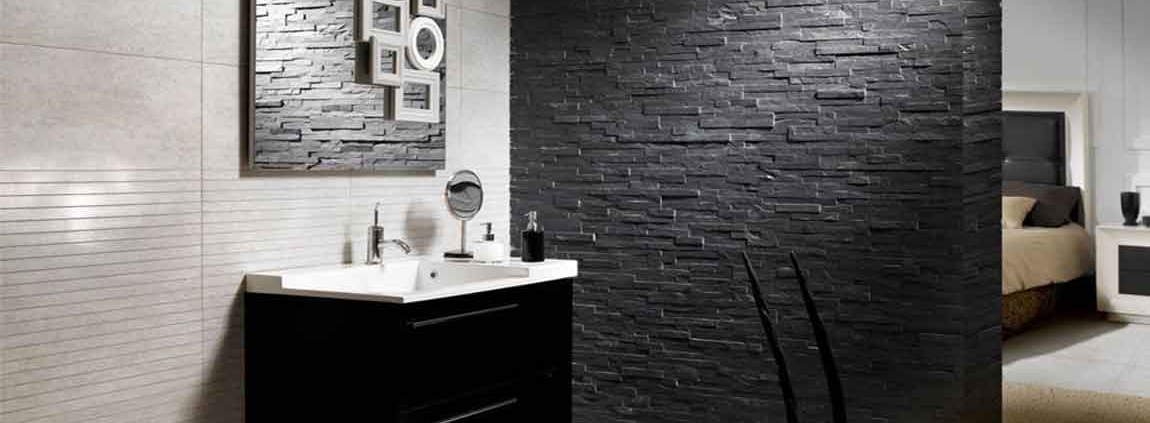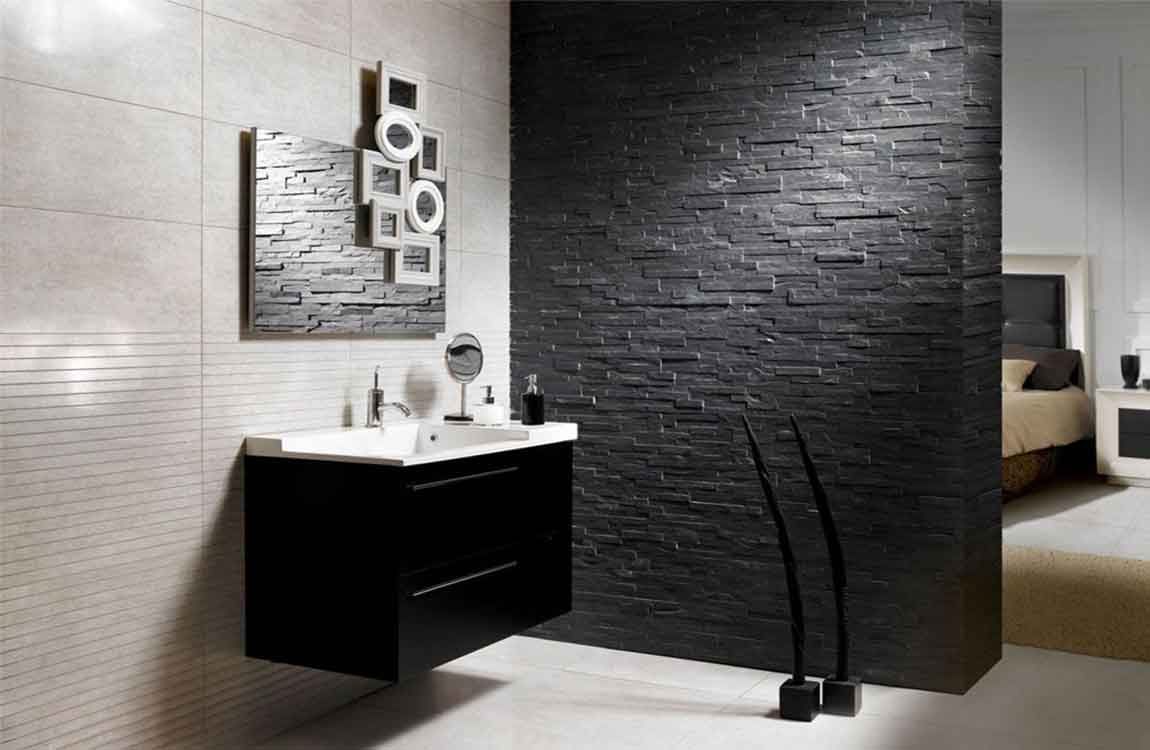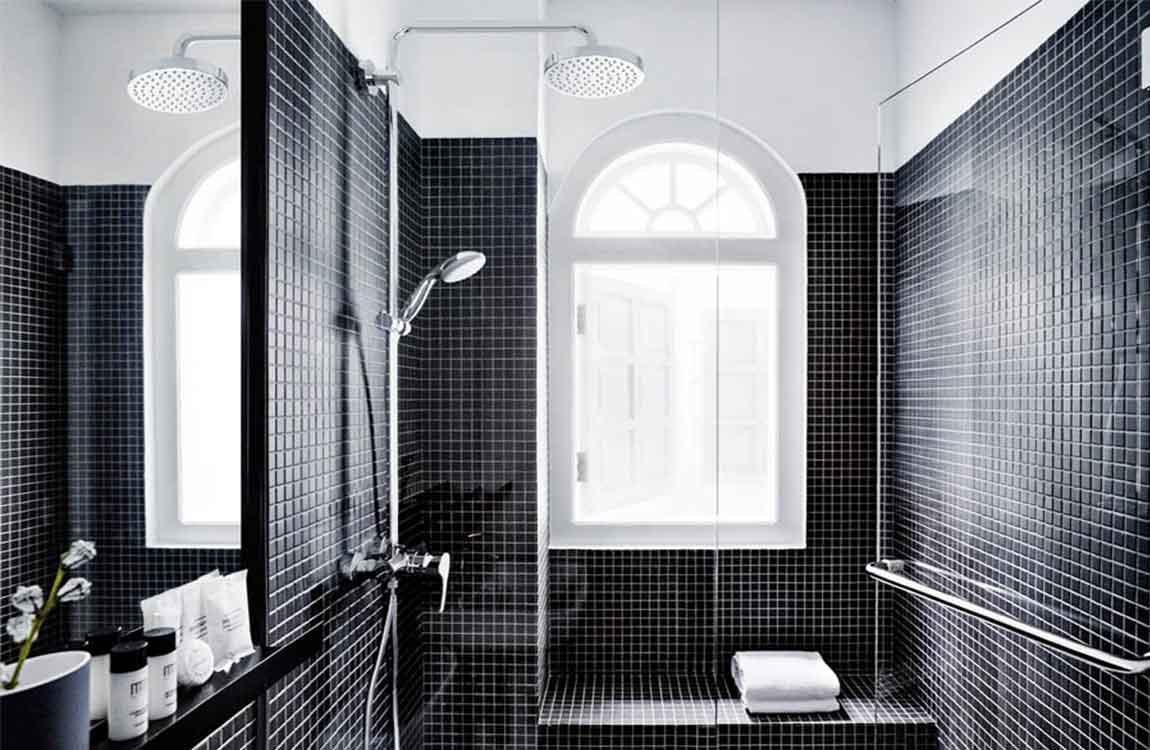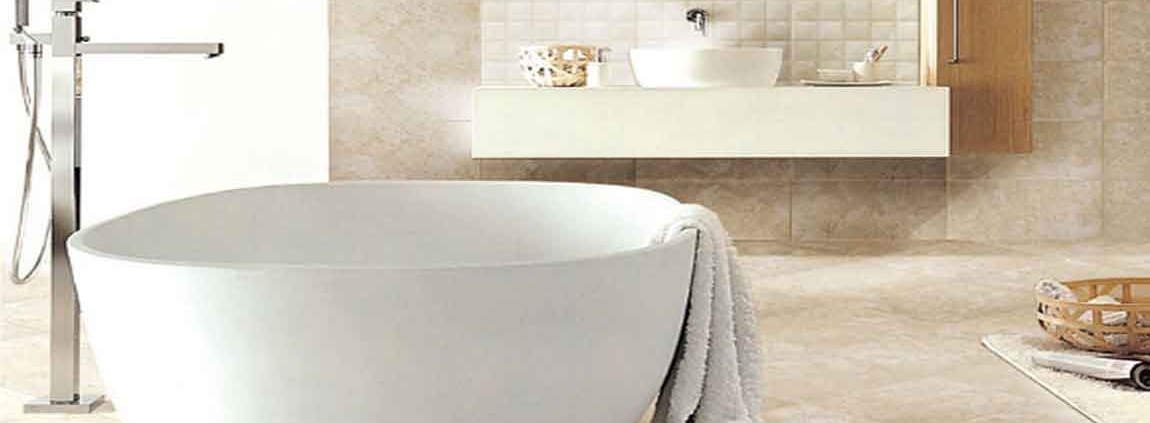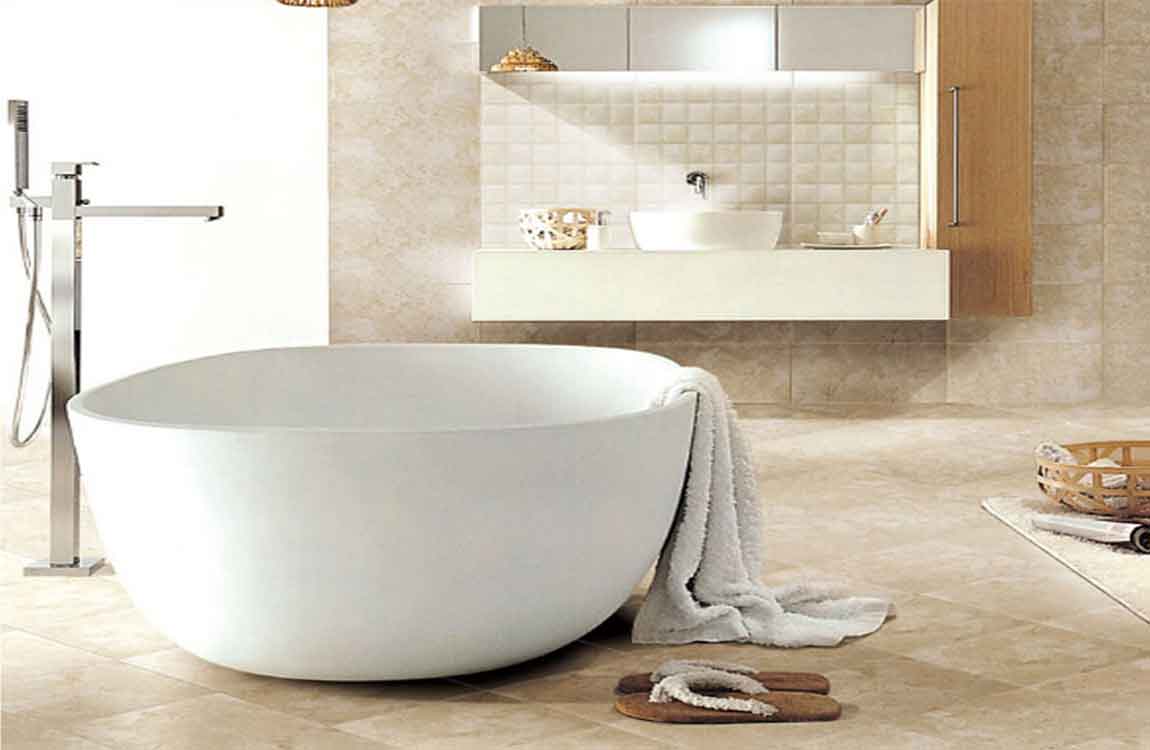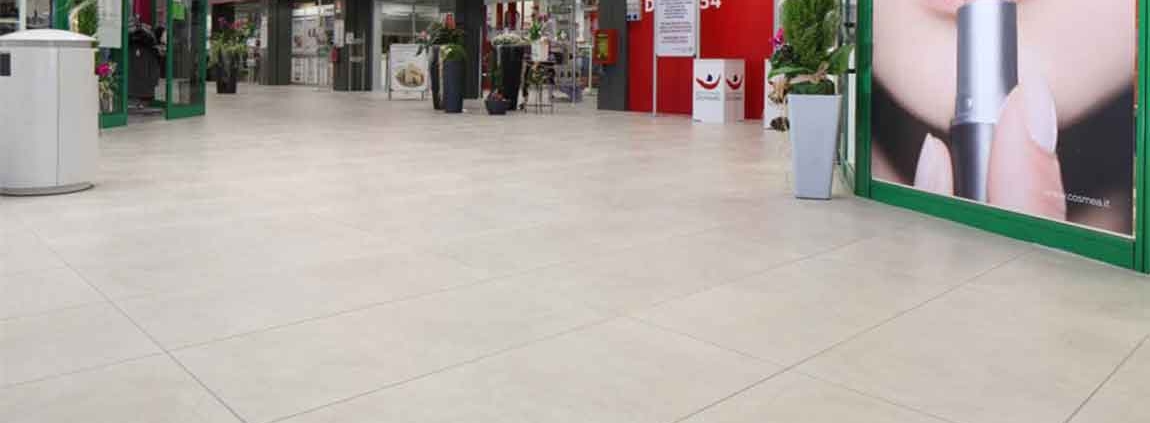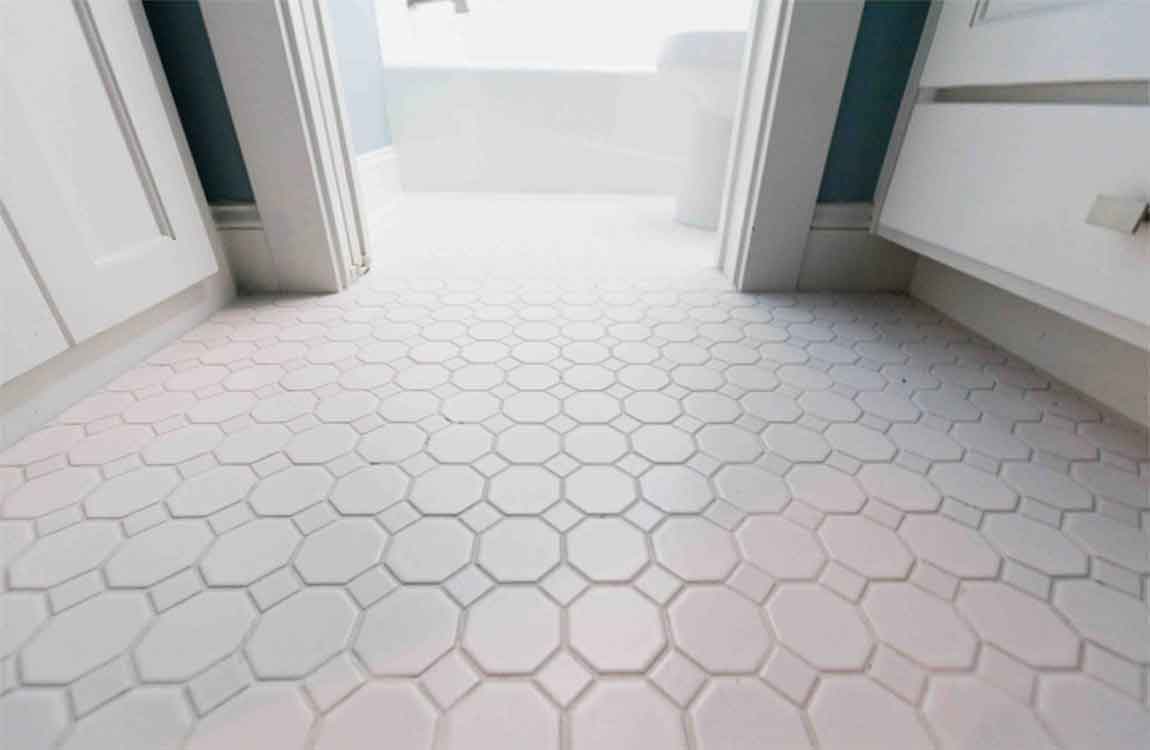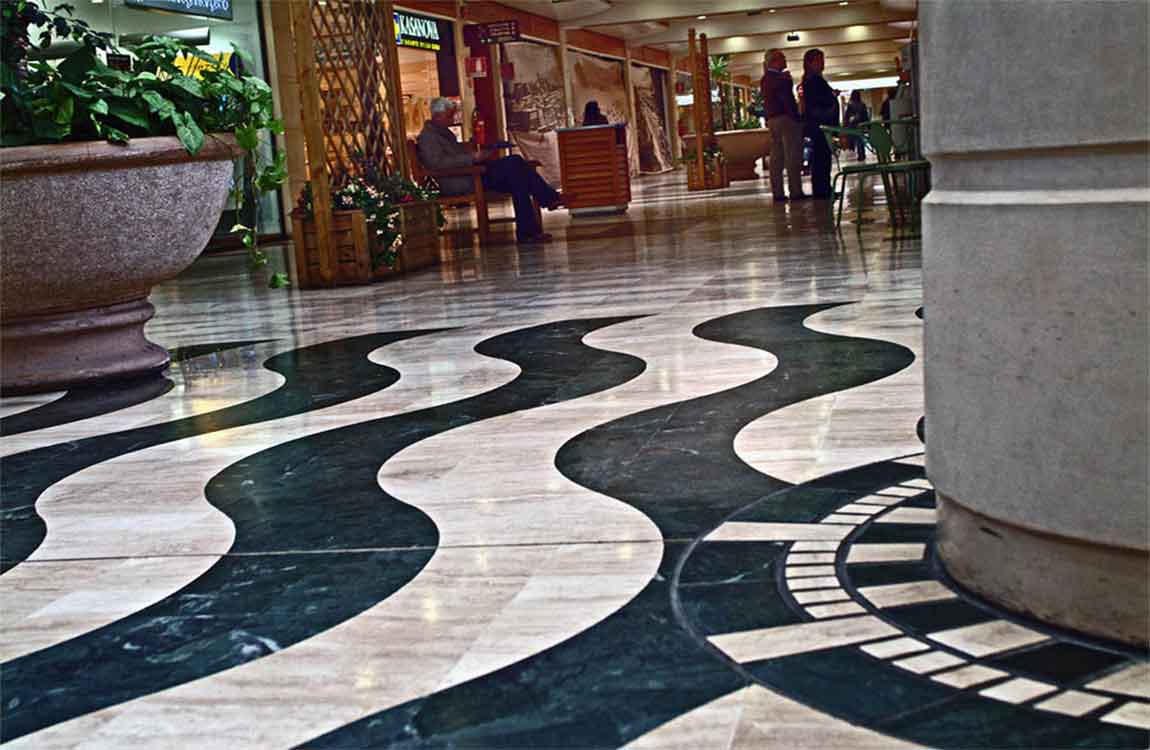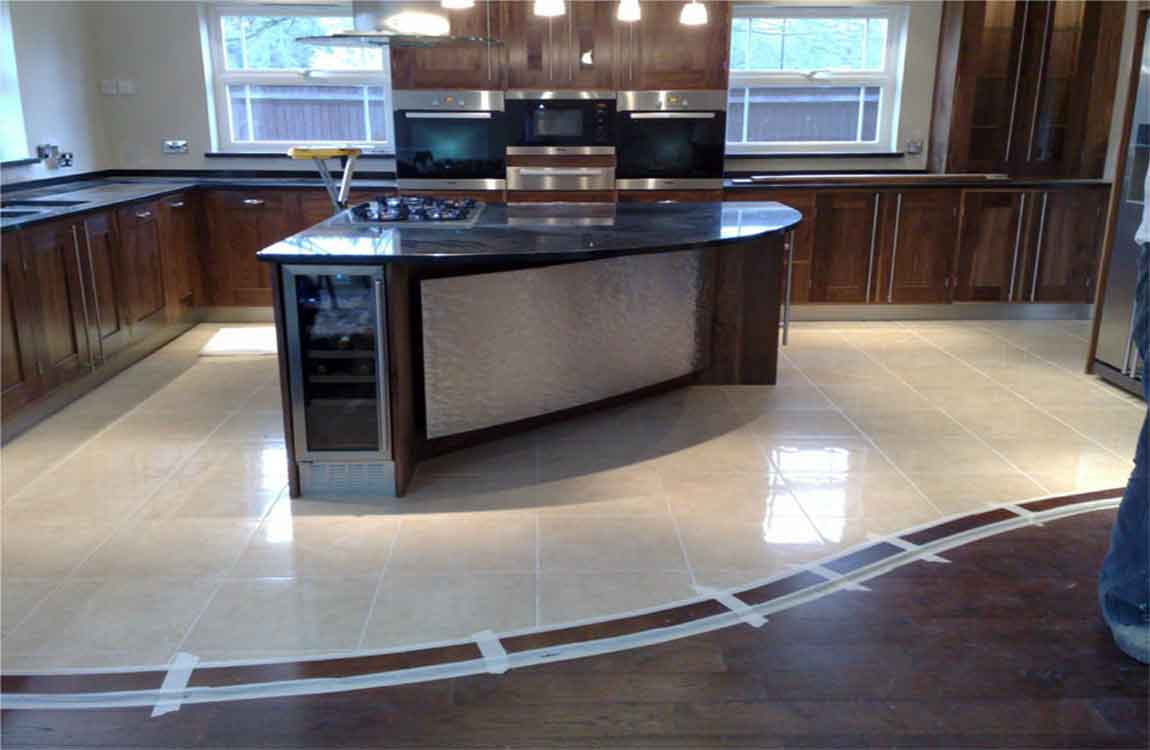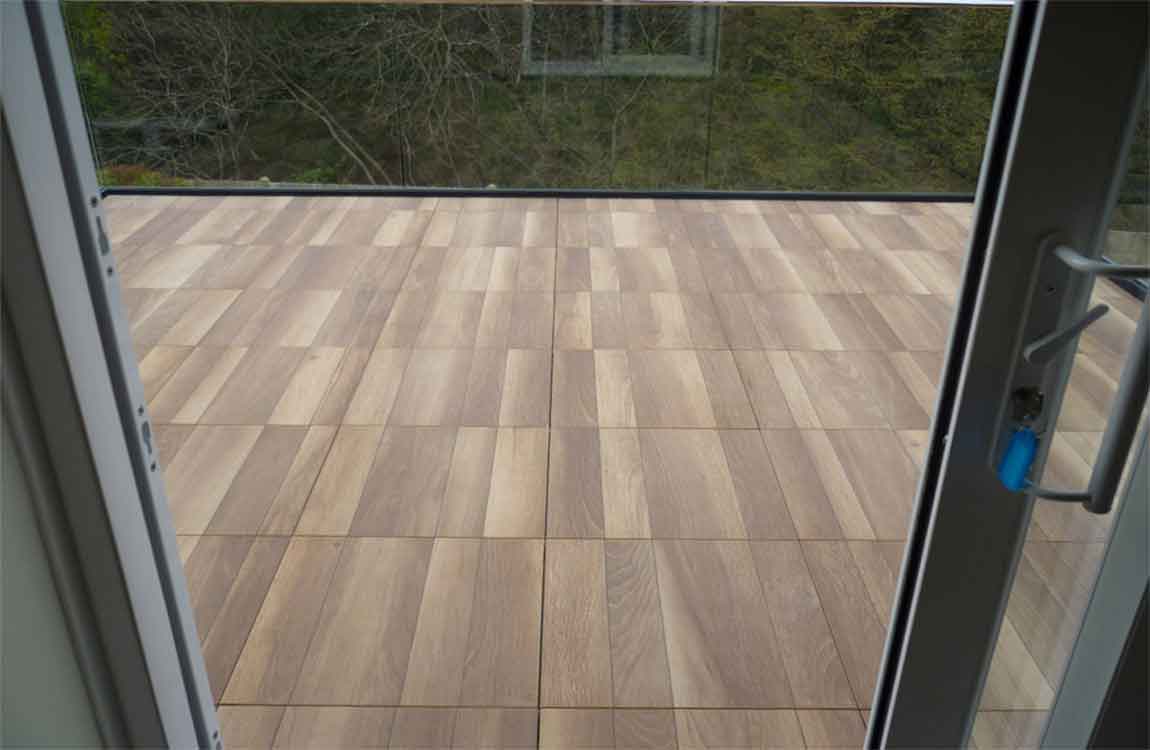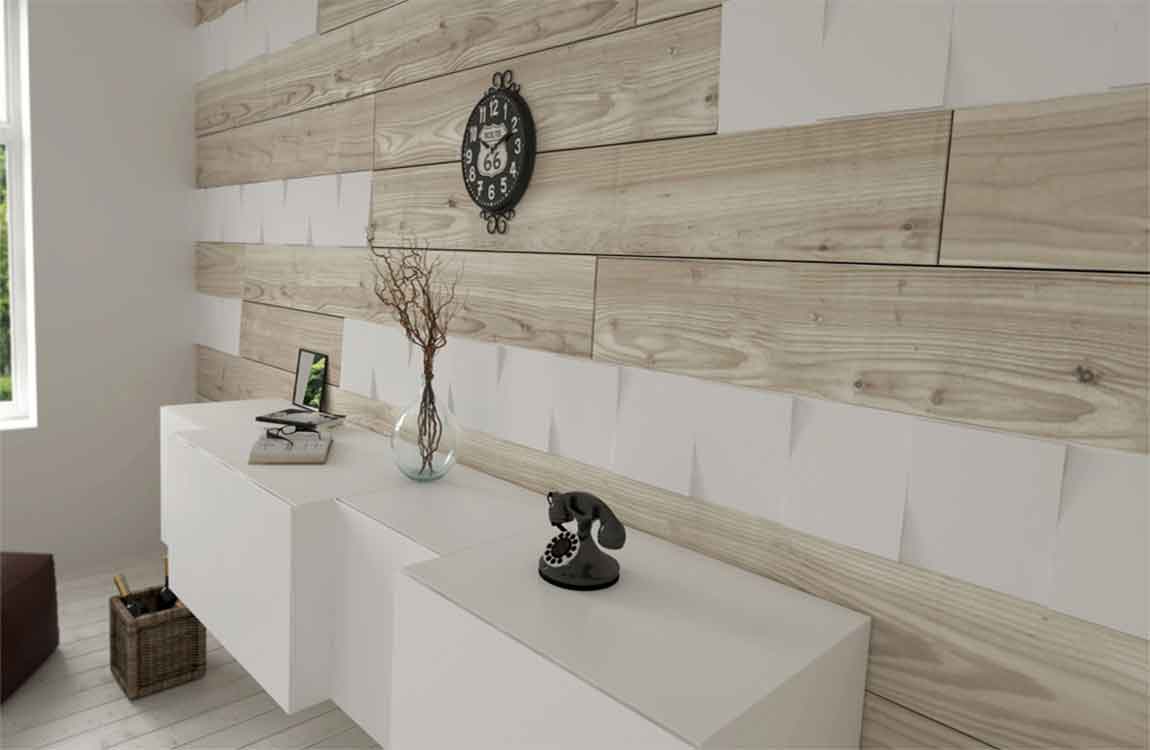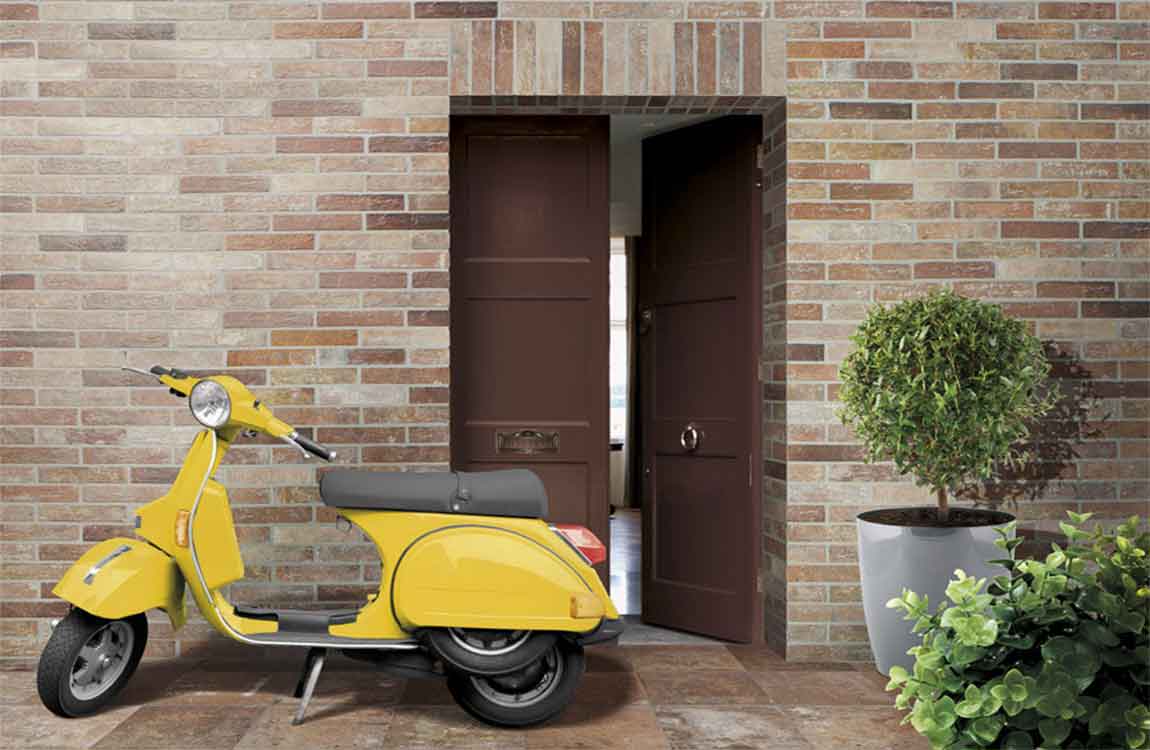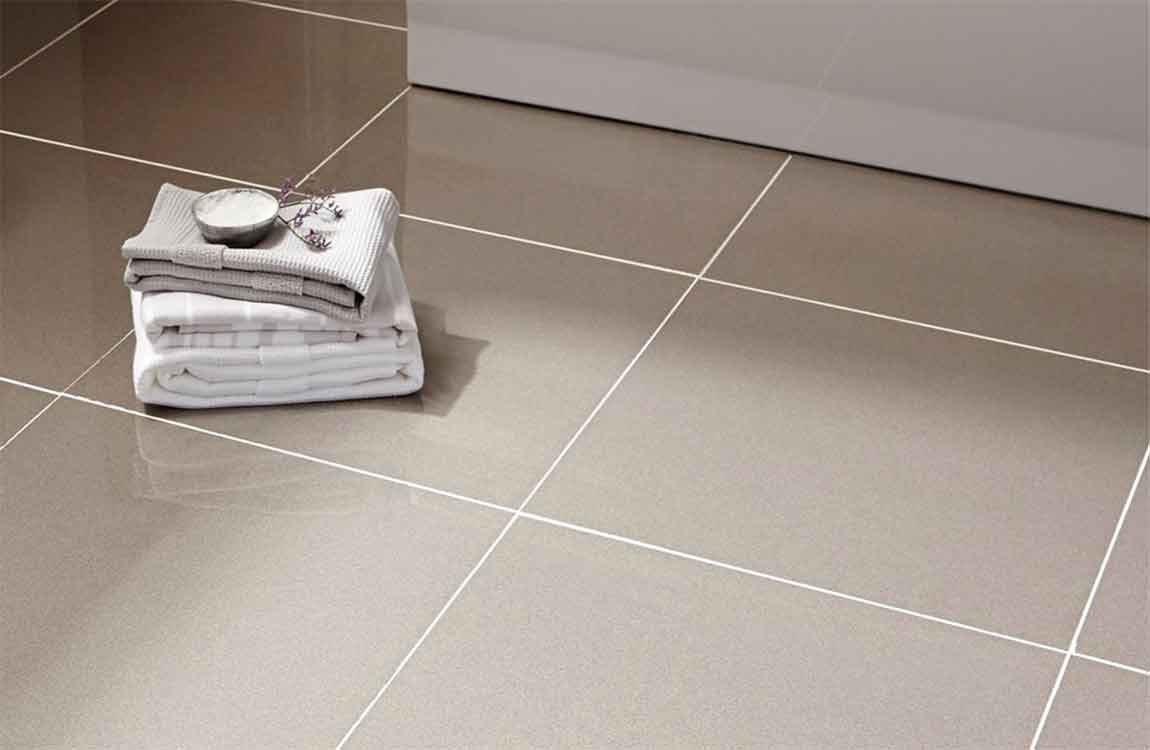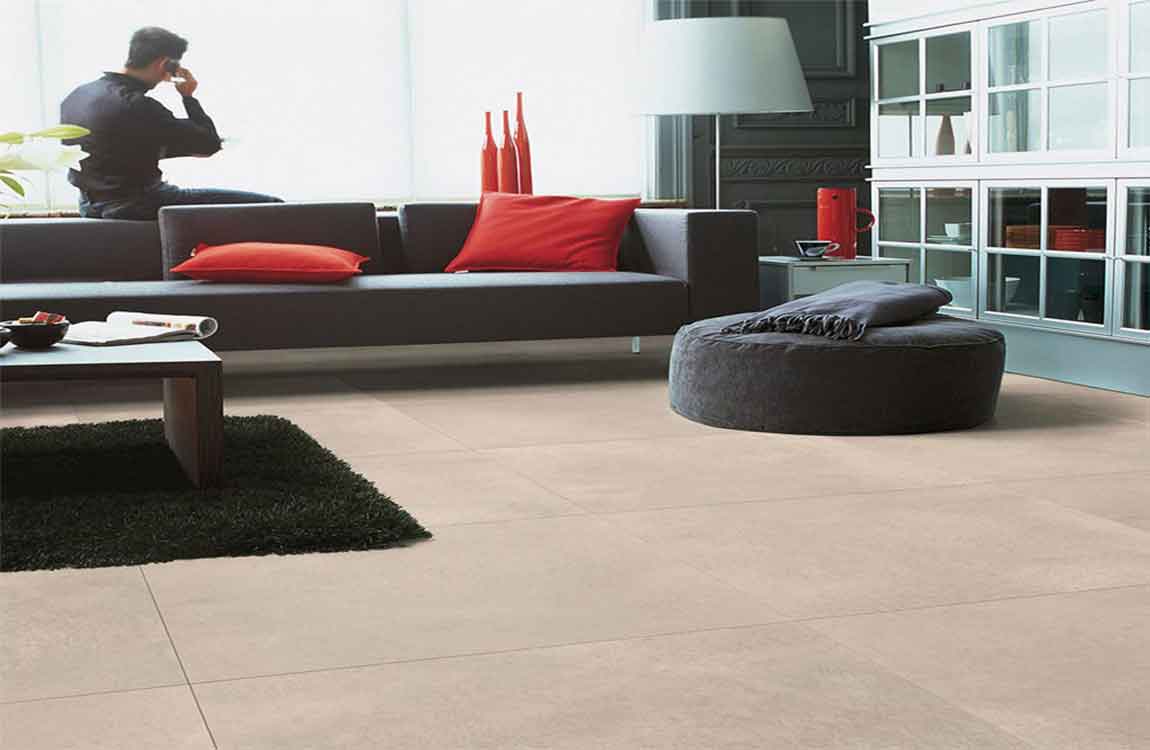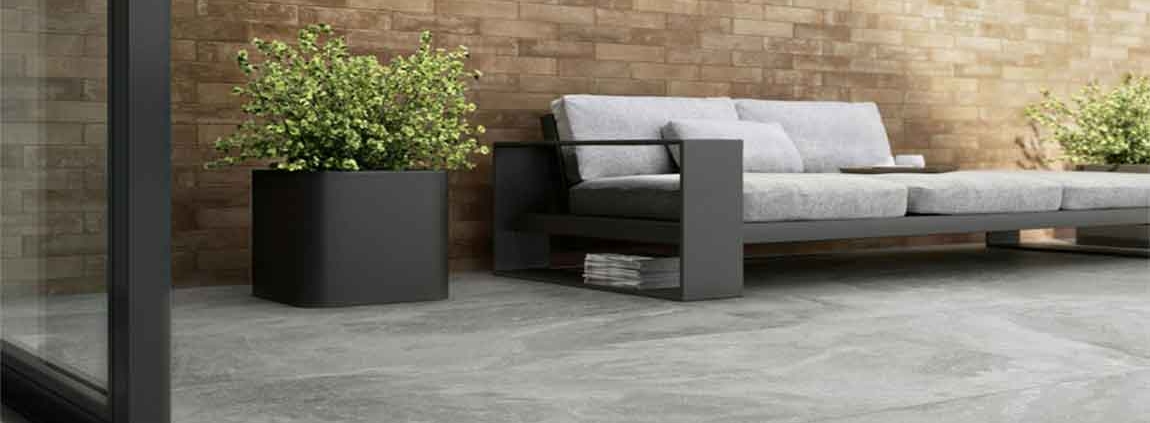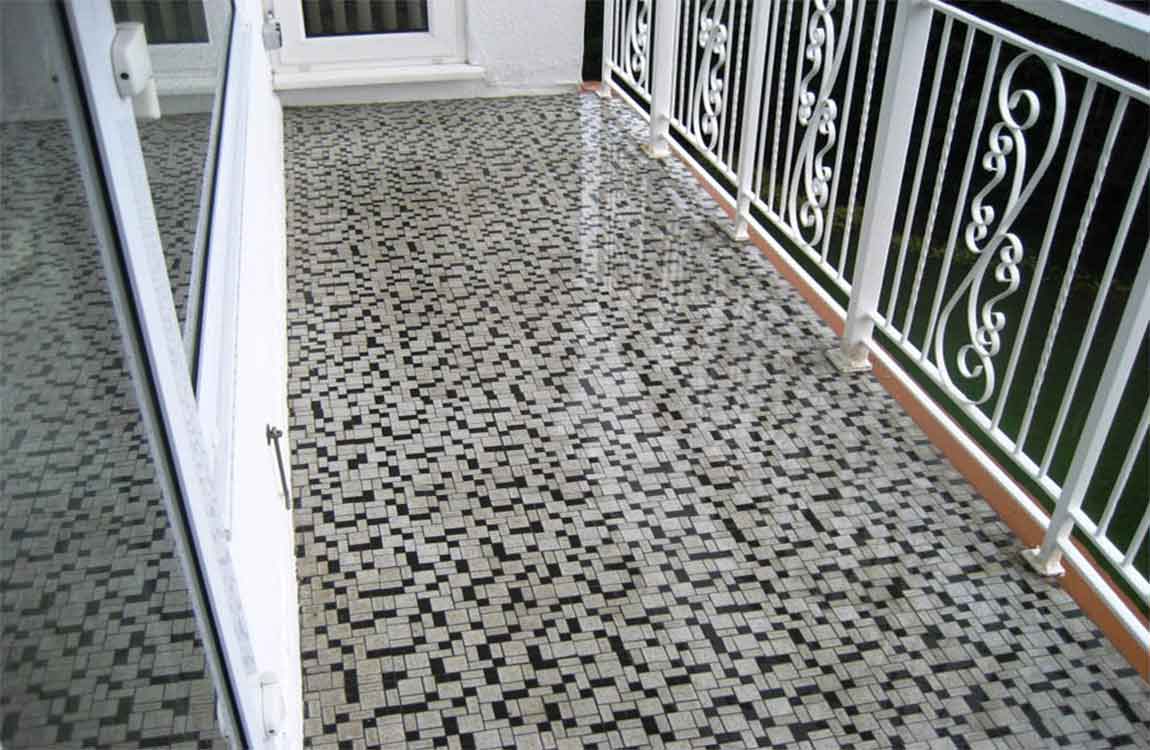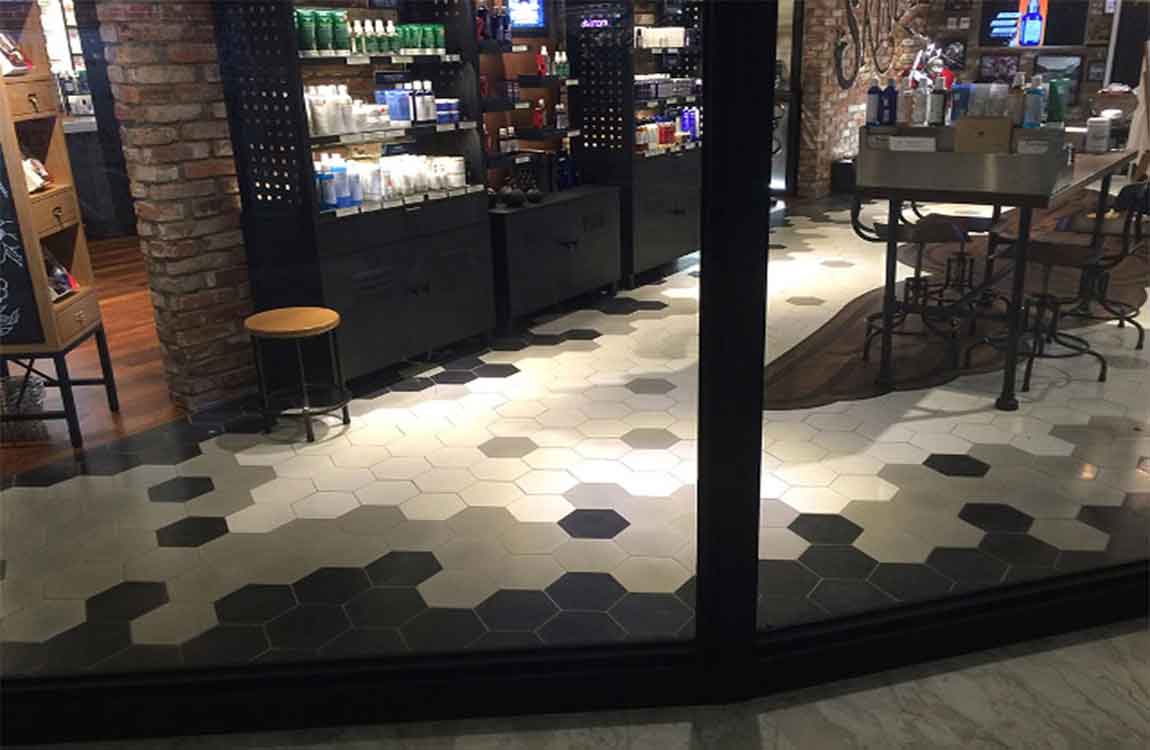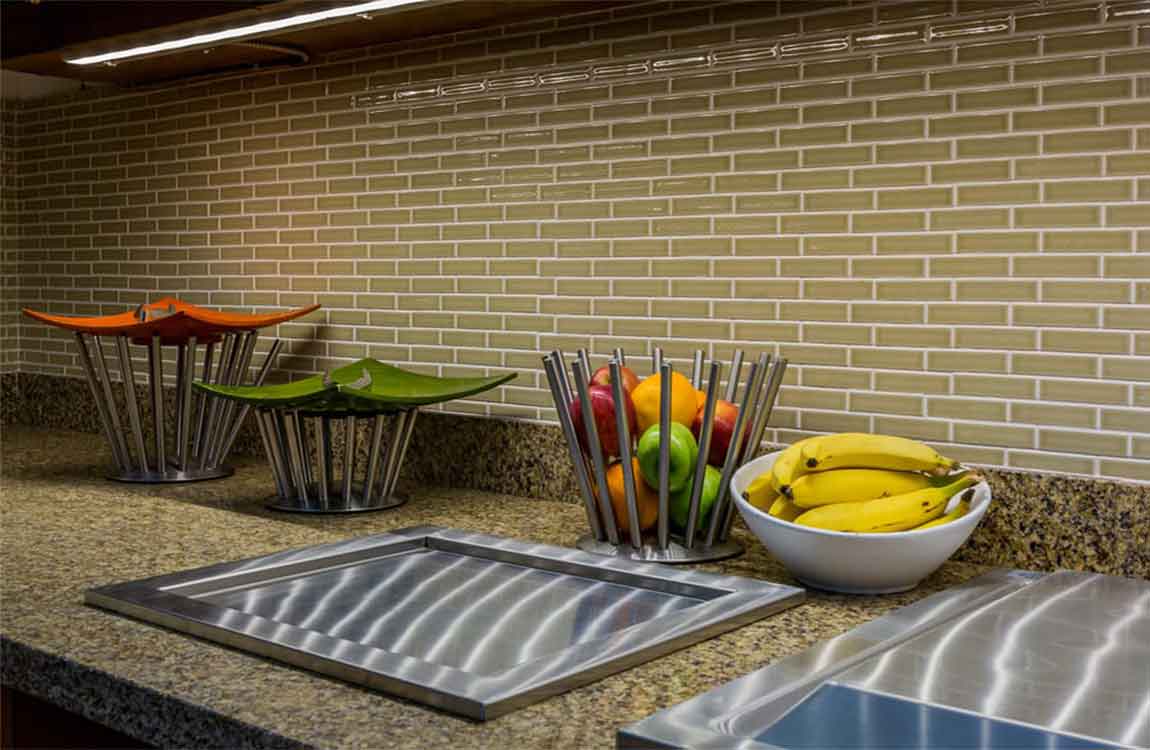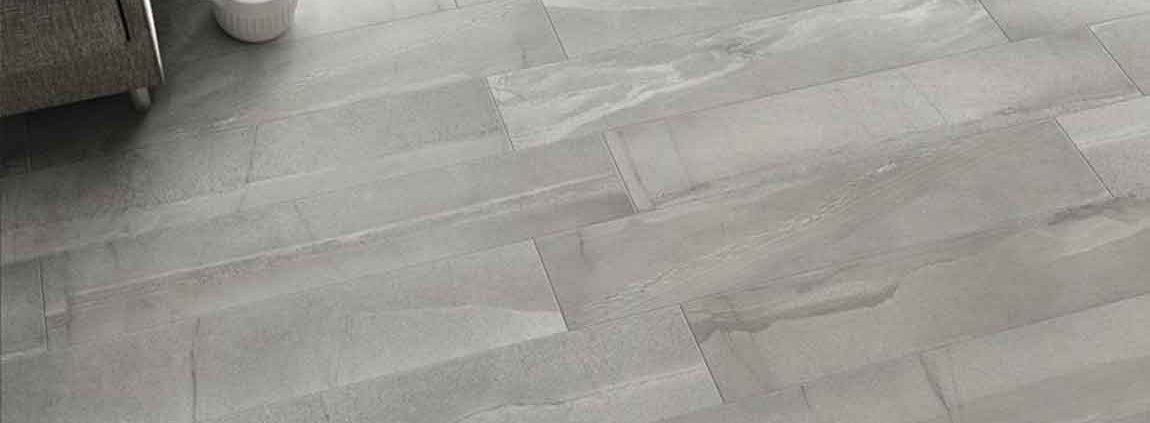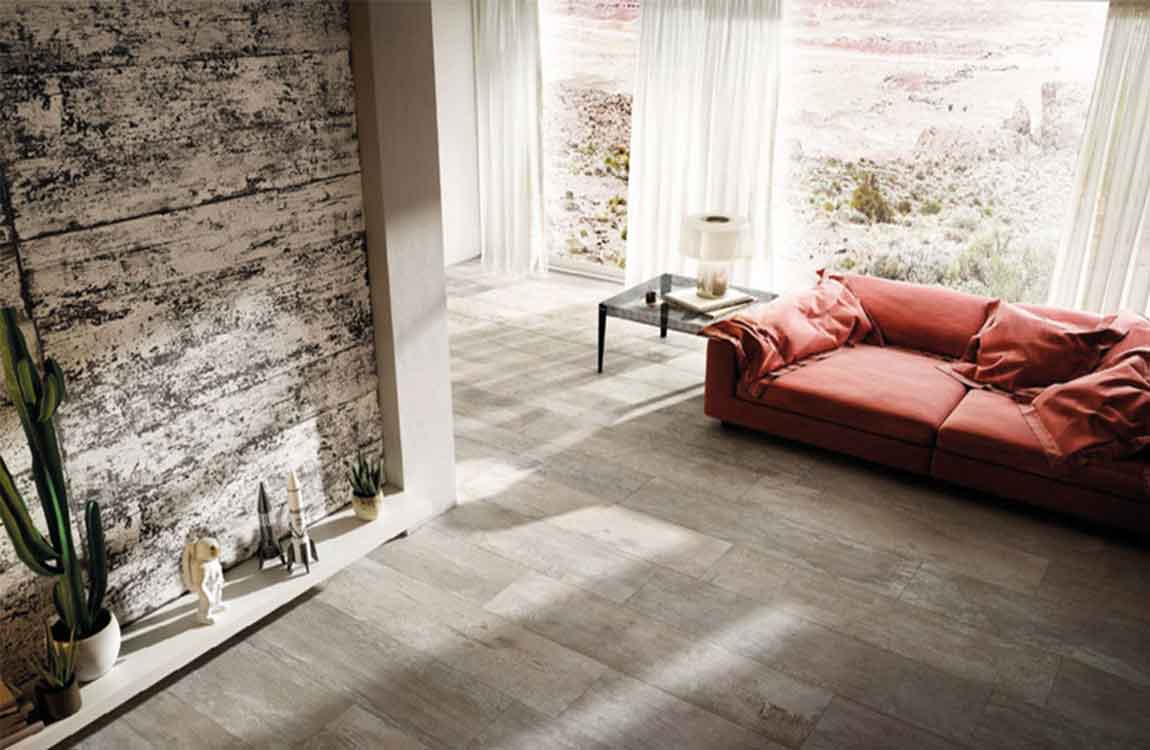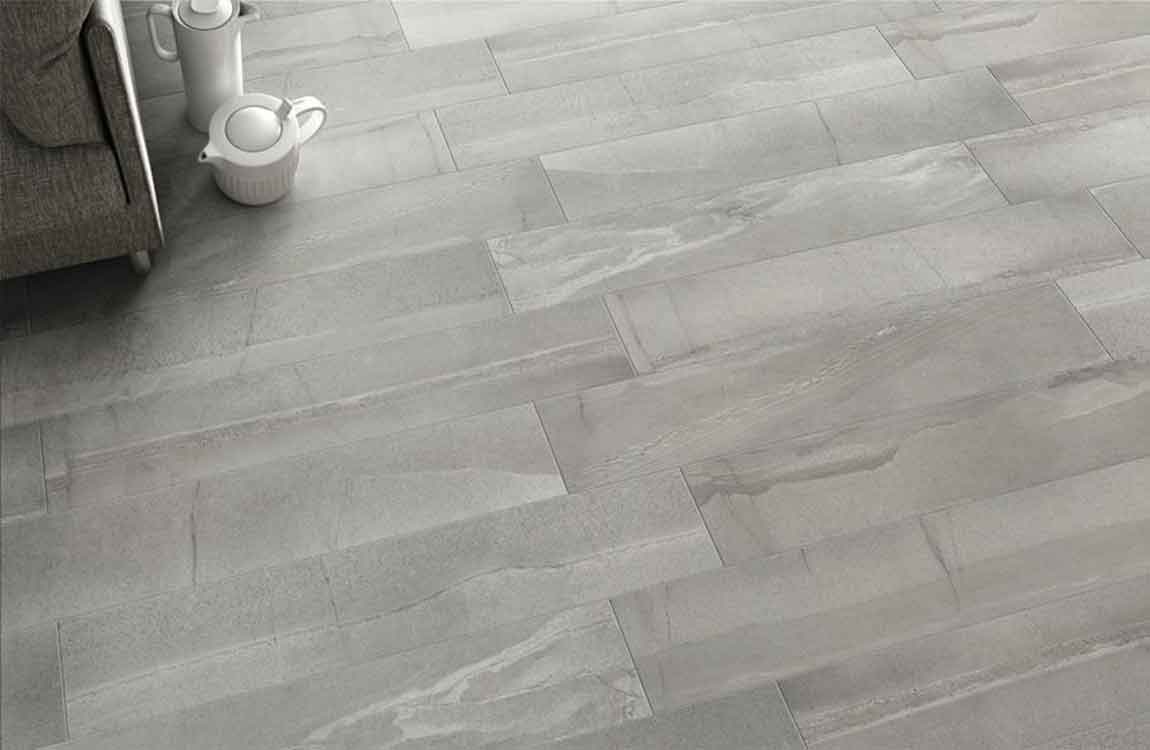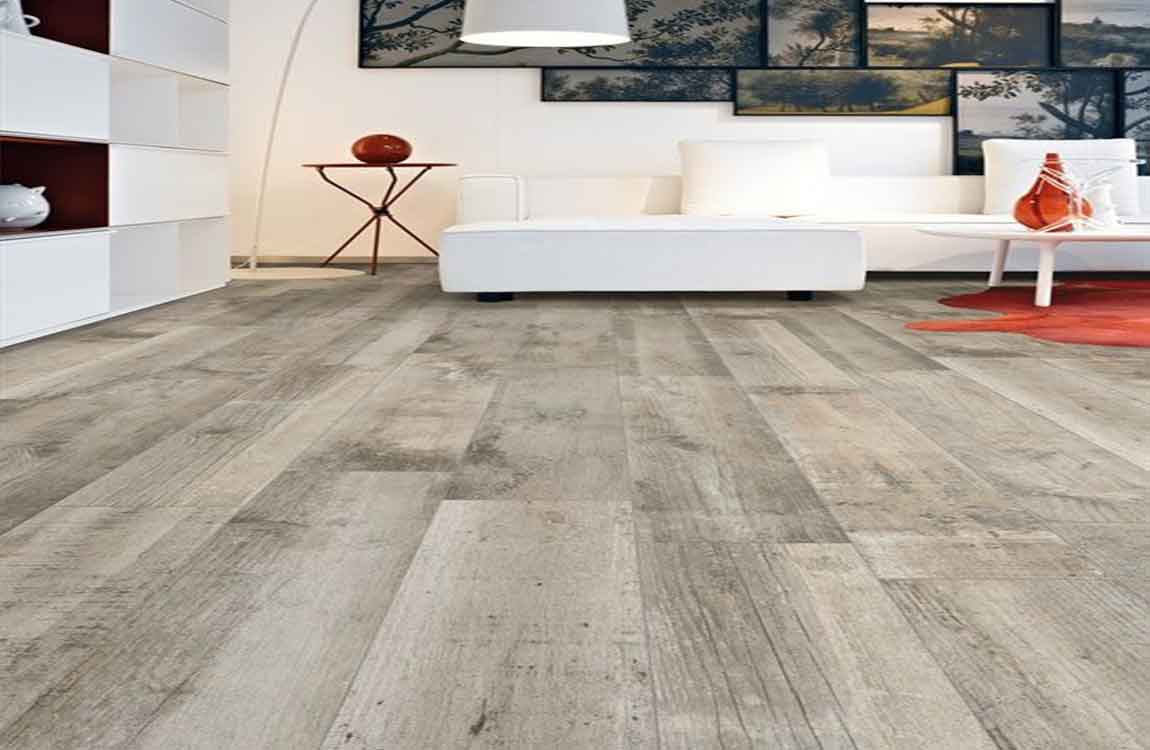How Using a tiles Poultice?
Purchase a stone poultice. This is a fine powdered substance that you can find in most home improvement stores. It’s designed to pull stains out of quartz and other stone surfaces. Make sure the product is non-acidic. Mix with water. Scoop about a cup (0.95 metric cups) of powder into a clean bowl or plastic container.
Gradually add water until you have a substance as thick as peanut butter. Mix as you add the water. Wet the stained area. Use a clean nonabrasive cloth. Moisten it with warm water. Lay the cloth on the stain immediately before you’re ready to apply the poultice. Apply the poultice to the stain. Get a blunt plastic scraper.
Use it to gradually scoop out the substance and lay it on the stain. Keep doing this until the poultice is about 0.25 inches (0.64 cm) to 0.5 inches (1.3 cm) high. Cover the poultice. Lay plastic over the poultice. This could be cling film or an old plastic bag cut into smaller pieces. Secure the plastic with painter’s tape. Let it sit for 24 hours.
Let the poultice air dry. After 24 hours, the poultice will be partially to half dry. Remove the plastic. Then, allow the poultice to finish drying. This will take about another 24 hours. Remove the dry poultice. If the poultice hasn’t dried after 48 hours, check it every hour or so until it is completely dry.
When it feels hard to the touch, gently remove it with a plastic scraper. Insert the scraper under the poultice and push forward. Keep doing this until you’ve completely removed the poultice. Rinse and dry the area. Moisten a clean nonabrasive cloth with warm water. Rub the affected area in a gentle counterclockwise motion.

